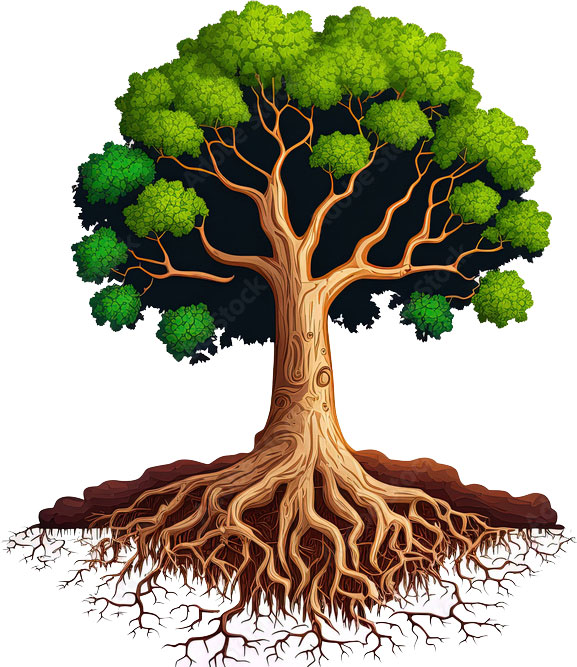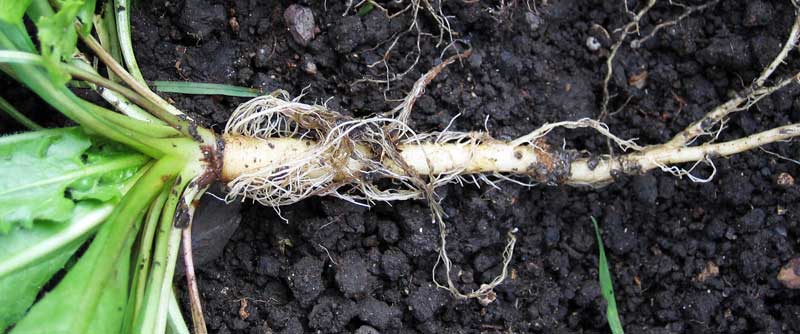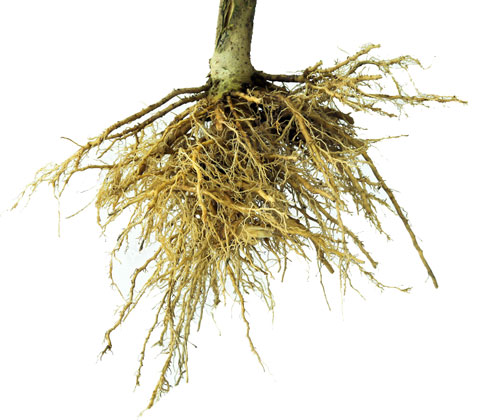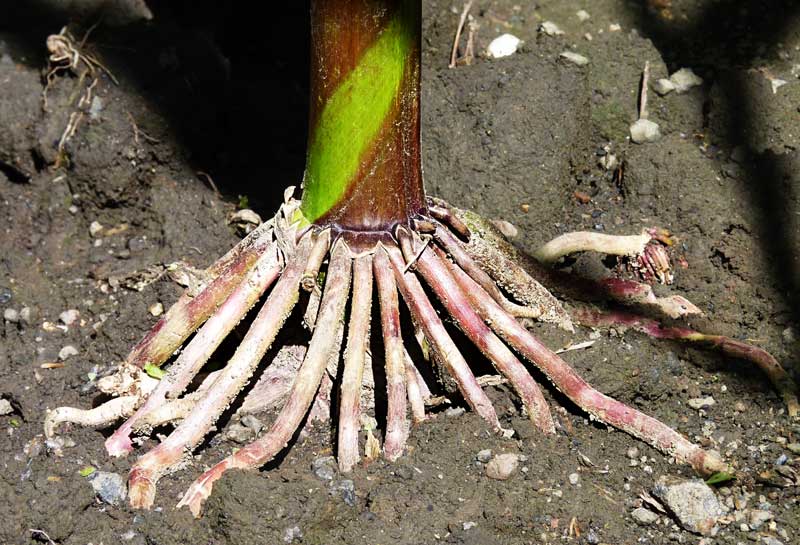 The roots of a plant are its most essential parts. They grow in different patterns downward in the soil as compared to the plant’s stem and leaves. They store and provide water and nutrients from the soil, then transport them throughout the plant. Besides, they also help the soil to remain stable and fix nitrogen to serve as fertilizer for plant growth. Carrots, onions, mangroves, and many other types of plants and vegetables grow on the plant roots.
The roots of a plant are its most essential parts. They grow in different patterns downward in the soil as compared to the plant’s stem and leaves. They store and provide water and nutrients from the soil, then transport them throughout the plant. Besides, they also help the soil to remain stable and fix nitrogen to serve as fertilizer for plant growth. Carrots, onions, mangroves, and many other types of plants and vegetables grow on the plant roots.
What Are Plant Roots?
The root is the basic part of a plant. It is located at the bottom of the plant. Roots are primarily found in vascular plants, which contain xylems and phloem. When roots absorb the necessary nutrients and water, they transport it by Xylem and phloem.
Moreover, the entire body of a plant is held up by the root, therefore, one of its main functions is the anchorage of plants. The anchorage means the attachment of the plant to the soil surface to support it upward and downward.
Types Of Roots
There are three types of plant roots. These types differ from each other based on their growth patterns.
1. TAP ROOTS
 Tap roots are the plant roots that grow inside the soil surface. Tap means primary. The initial stage of the tap root is called the Radicle. At this stage, the seed begins to develop downward in the soil and begins to attach itself to the soil. These tap roots grow always perpendicular to the soil but in a downward direction. These roots are also used for food storage purposes. The following vegetables are good examples of taproots: carrot, beetroot, mustard, and turnip. The tap roots differ from other root types based on their development from two parts of the seed leaf called dicots.
Tap roots are the plant roots that grow inside the soil surface. Tap means primary. The initial stage of the tap root is called the Radicle. At this stage, the seed begins to develop downward in the soil and begins to attach itself to the soil. These tap roots grow always perpendicular to the soil but in a downward direction. These roots are also used for food storage purposes. The following vegetables are good examples of taproots: carrot, beetroot, mustard, and turnip. The tap roots differ from other root types based on their development from two parts of the seed leaf called dicots.
2. FIBROUS ROOTS
 Fibrous roots, also known as bushy roots, develop from a single part of the stem also known as a monocot. These roots grow parallel to the soil from the roots. Their growth takes place from the stem of plants containing many branches. Grasses, rice, wheat, onions, and various others are examples of fibrous roots. Due to their development from the stem of a plant, Fibrous roots are also known as secondary roots. Fibrous roots need to have moisture and nutrients from air and soil, therefore, like tap roots, these roots also have root hair.
Fibrous roots, also known as bushy roots, develop from a single part of the stem also known as a monocot. These roots grow parallel to the soil from the roots. Their growth takes place from the stem of plants containing many branches. Grasses, rice, wheat, onions, and various others are examples of fibrous roots. Due to their development from the stem of a plant, Fibrous roots are also known as secondary roots. Fibrous roots need to have moisture and nutrients from air and soil, therefore, like tap roots, these roots also have root hair.
3. ADVENTITIOUS ROOTS
 Adventitious roots are the third type of plant roots that grow out from the plant hanging in the air and often bend down to soil, mud, and water. They can grow from the stem or leaf of plants. Like fibrous roots, adventitious roots also grow from one part of the seed leaf, hence classified as monocots. Mangroves, orchids, screw pine, and corn are the best examples of adventitious roots. They arise in the air, therefore, also known as aerial roots.
Adventitious roots are the third type of plant roots that grow out from the plant hanging in the air and often bend down to soil, mud, and water. They can grow from the stem or leaf of plants. Like fibrous roots, adventitious roots also grow from one part of the seed leaf, hence classified as monocots. Mangroves, orchids, screw pine, and corn are the best examples of adventitious roots. They arise in the air, therefore, also known as aerial roots.
Functions Of Roots
Different functions of plant roots play vital roles in the growth and health of plants. From anchorage to supplying nutrients to plants is done by plant roots.
Anchorage
The root provides support for a plant to grow vertically from the stem. It grows beneath the soil, so it gives fixation to the plant to stand on the root.
Absorption
The root absorbs water and minerals from the soil which are required in the making of the food.
Food Storage
The root also functions for storing food. When plants produce starch, they store excess amounts in the roots so that they can be consumed later.
Erosion Control
Roots also play an essential role in controlling the erosion of the soil. The root holds the soil firmly and doesn’t let it slip away.
Nitrogen fixation
The roots also function to fix the nitrogen in plants. For example, leguminous plants that produce beans, chickpeas, soybeans, peanuts, and lentils have bacteria living in plant roots. These bacteria convert atmospheric nitrogen gas into ammonia and nitrate which are good fertilizers for plants.





